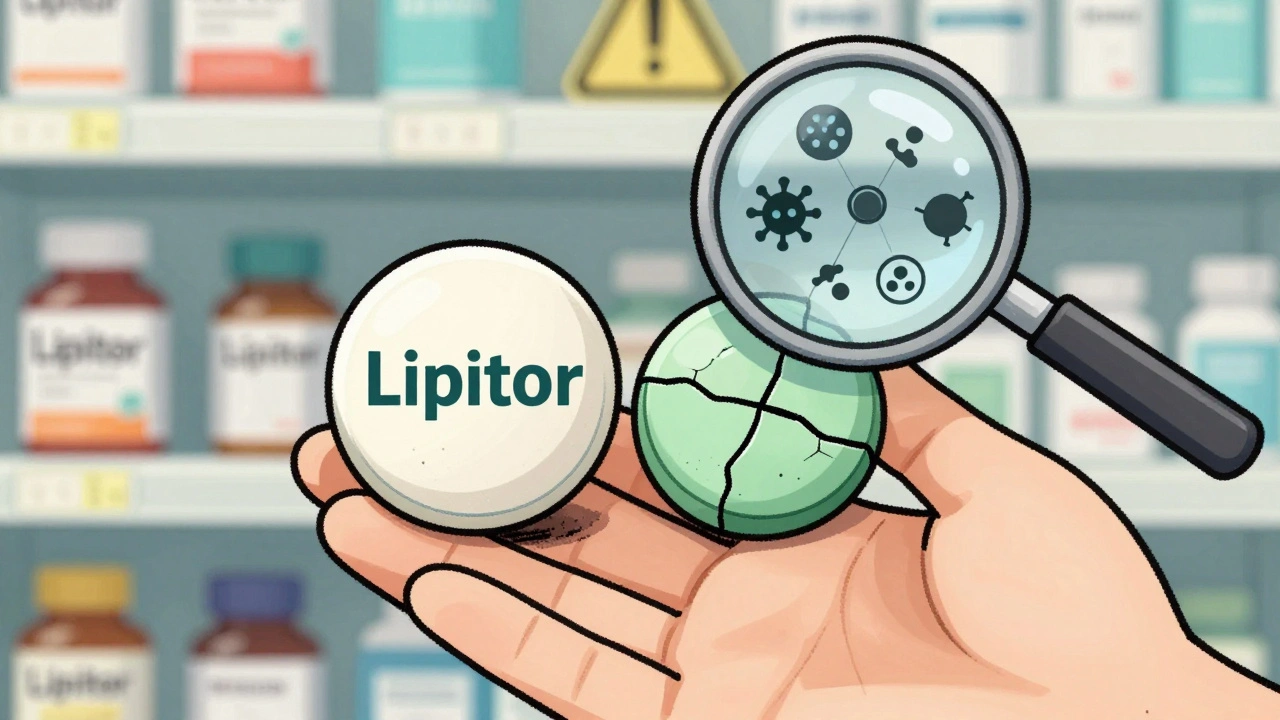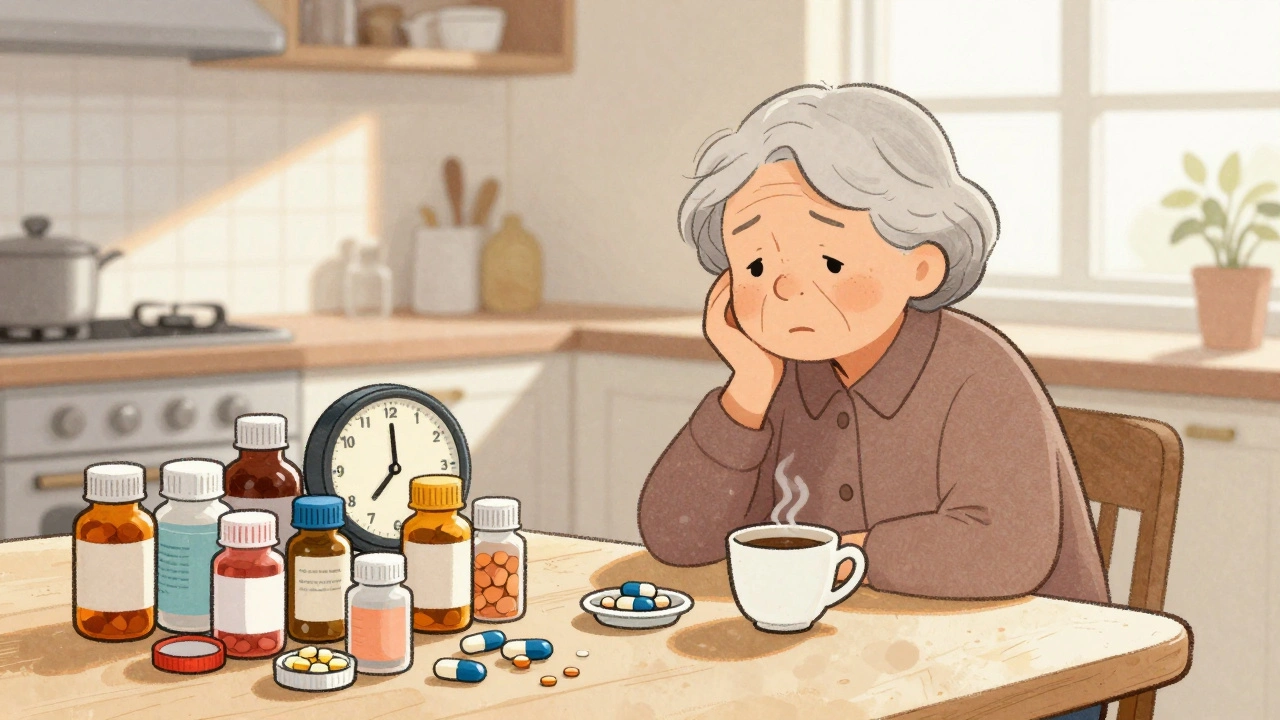Hirsutism – What It Is and How to Deal With It
Hirsutism is a condition where women grow thick, dark hair in places where men usually have it – like the chin, chest, or back. It can be surprising and sometimes embarrassing, but it’s usually a sign that hormones are a bit out of balance. The good news is there are many ways to figure out why it’s happening and how to keep the excess hair under control.
Common Causes of Hirsutism
Most cases link back to hormones called androgens. Tiny amounts of these hormones are normal in women, but when the level spikes, hair follicles respond by producing coarser hair. Conditions that raise androgen levels include polycystic ovary syndrome (PCOS), adrenal gland disorders, and certain tumors. Even a family history can make you more prone – if your mom or sister had hirsutism, you might see it too.
Sometimes medication can play a part. Steroids, some birth‑control pills, or hormone‑boosting drugs can tip the balance. Stress and weight gain can also push androgen levels up, so lifestyle factors matter.
Effective Treatment Options
First step is a quick visit to a doctor. Blood tests will check hormone levels, and a pelvic exam can spot PCOS or other issues. Once the cause is clear, treatment can be tailored.
Oral medications are a common route. Anti‑androgens like spironolactone block hormone effects, while combined birth‑control pills lower overall androgen production. These pills work best when taken regularly and may take a few months to show results.
If you prefer not to take pills, topical creams such as eflornithine can slow hair growth on the face. It doesn’t remove hair, but it makes it grow slower and finer.
For longer‑lasting removal, laser hair removal and intense pulsed light (IPL) are popular. They target the pigment in hair follicles and gradually reduce growth. A series of sessions – usually 6 to 8 – is needed, and they work best on people with lighter skin and darker hair.
Electrolysis is another option that destroys each follicle with an electric current. It’s slower and can be pricier, but it’s permanent.
Don’t forget the everyday tricks: waxing, threading, or using an epilator can keep hair down temporarily. Shaving is fine too, just remember it doesn’t change the rate of growth.
Lifestyle tweaks help as well. Losing a few pounds, exercising regularly, and managing stress can lower androgen levels naturally. A balanced diet rich in whole foods, lean protein, and healthy fats supports hormone health.
Finally, many people find comfort in talking with a dermatologist or an endocrinologist. They can guide you through medication choices, set realistic expectations, and help you track progress.
Living with hirsutism isn’t easy, but with the right mix of medical help, at‑home care, and lifestyle changes, you can keep the excess hair in check and feel more confident every day.

Excessive Hairiness & Hormonal Imbalances: Causes, Red Flags, Tests, and Treatments
What links excessive hairiness and hormones? Learn causes, red flags, tests, and treatments for women and men with simple UK-focused, evidence-based tips.





